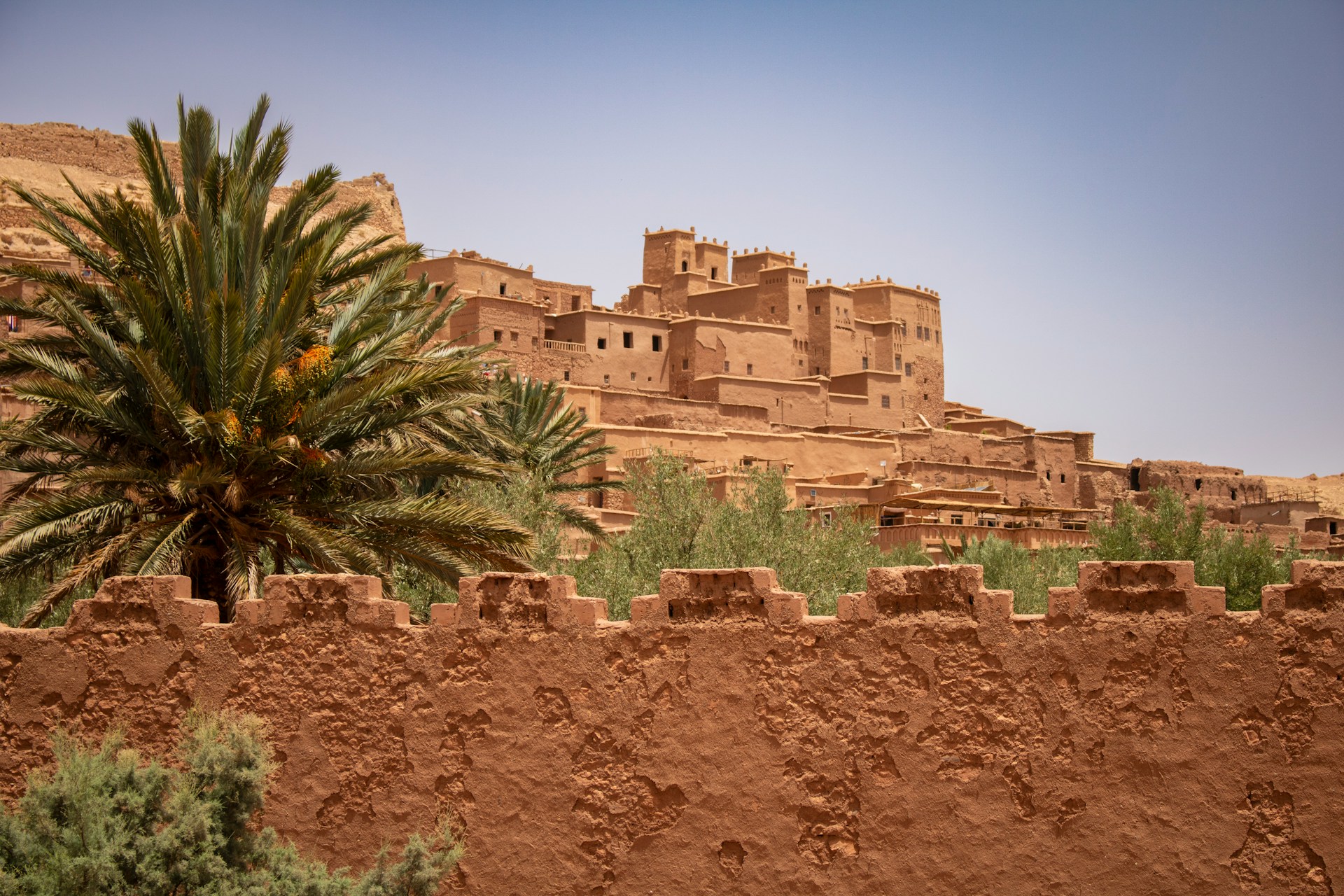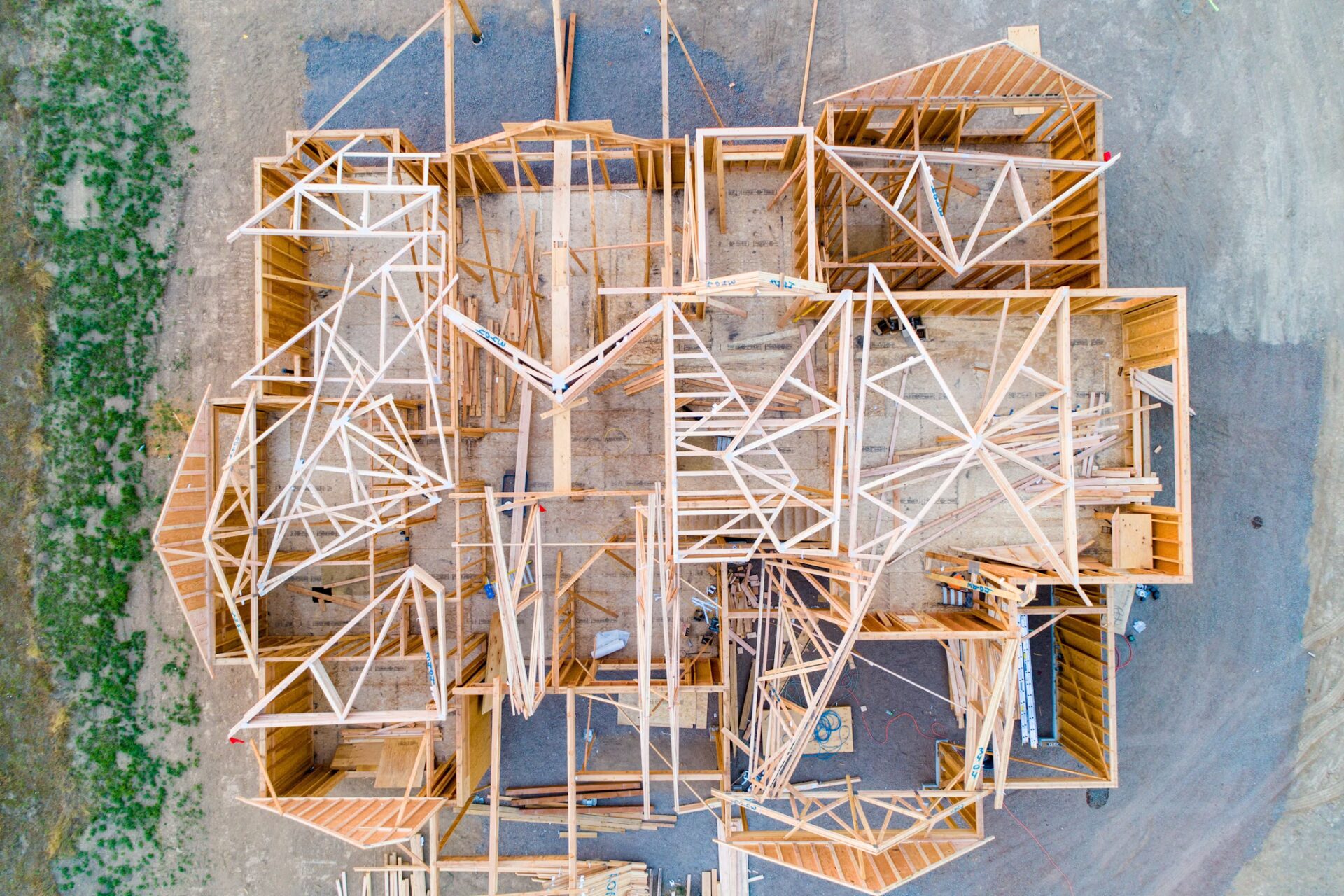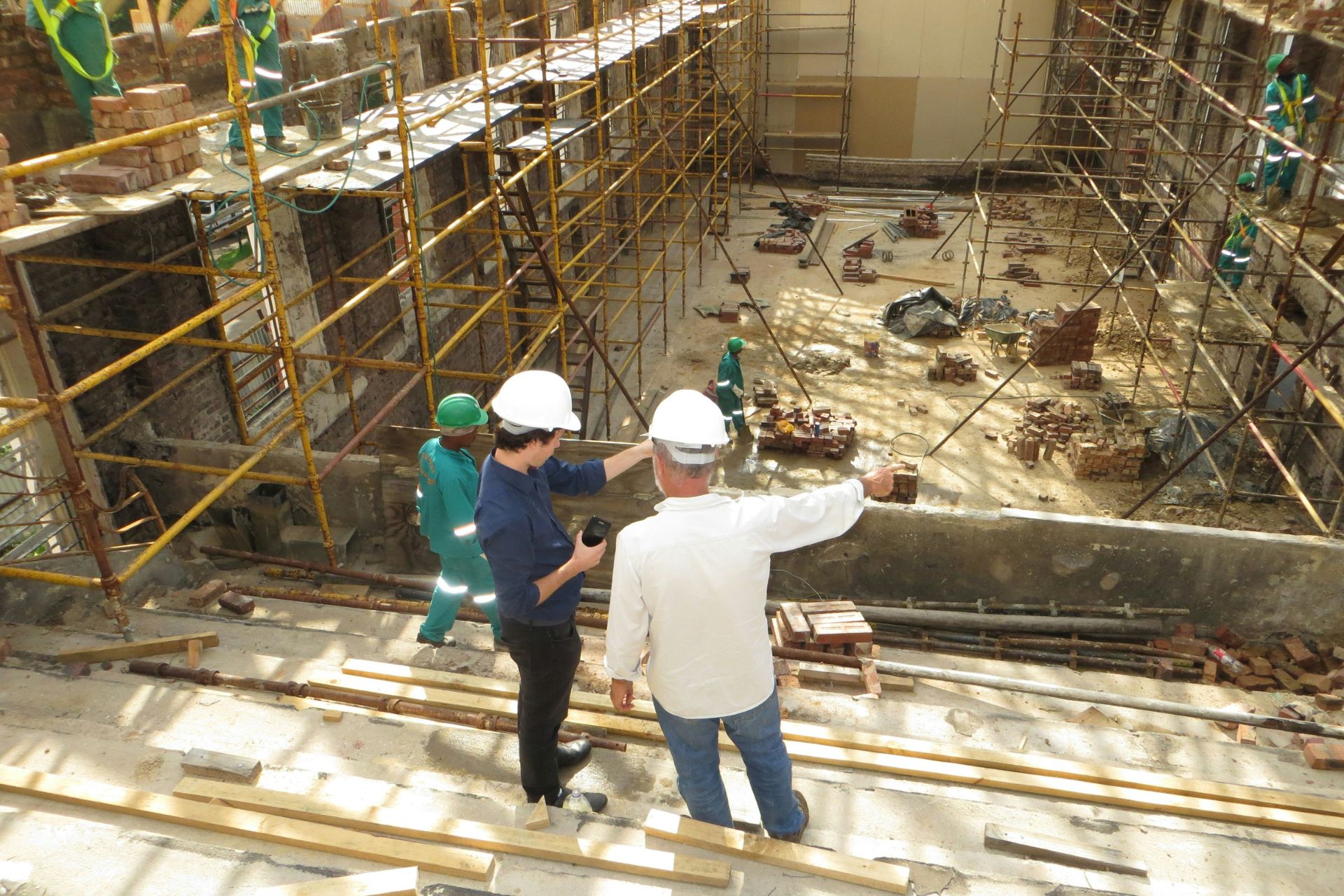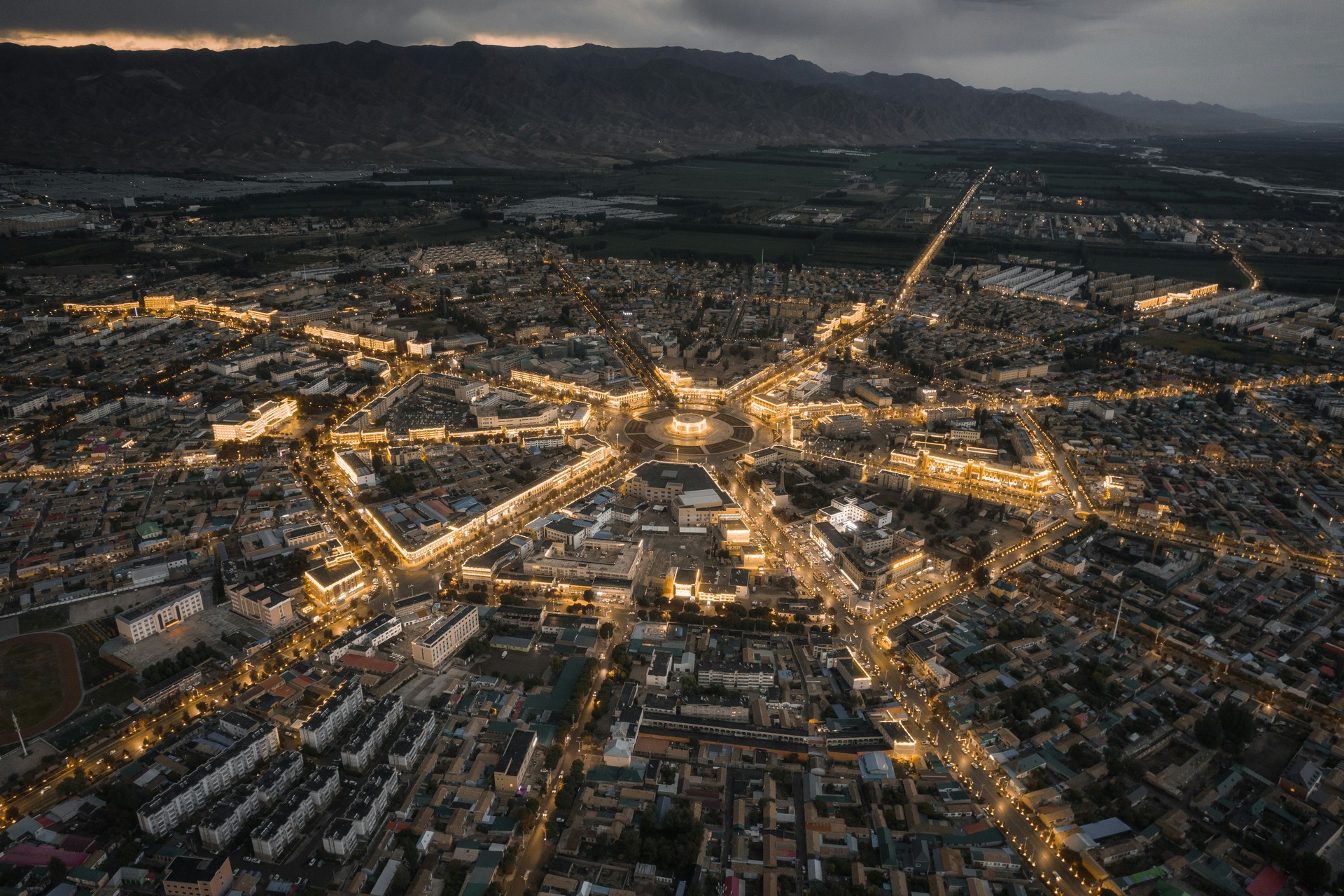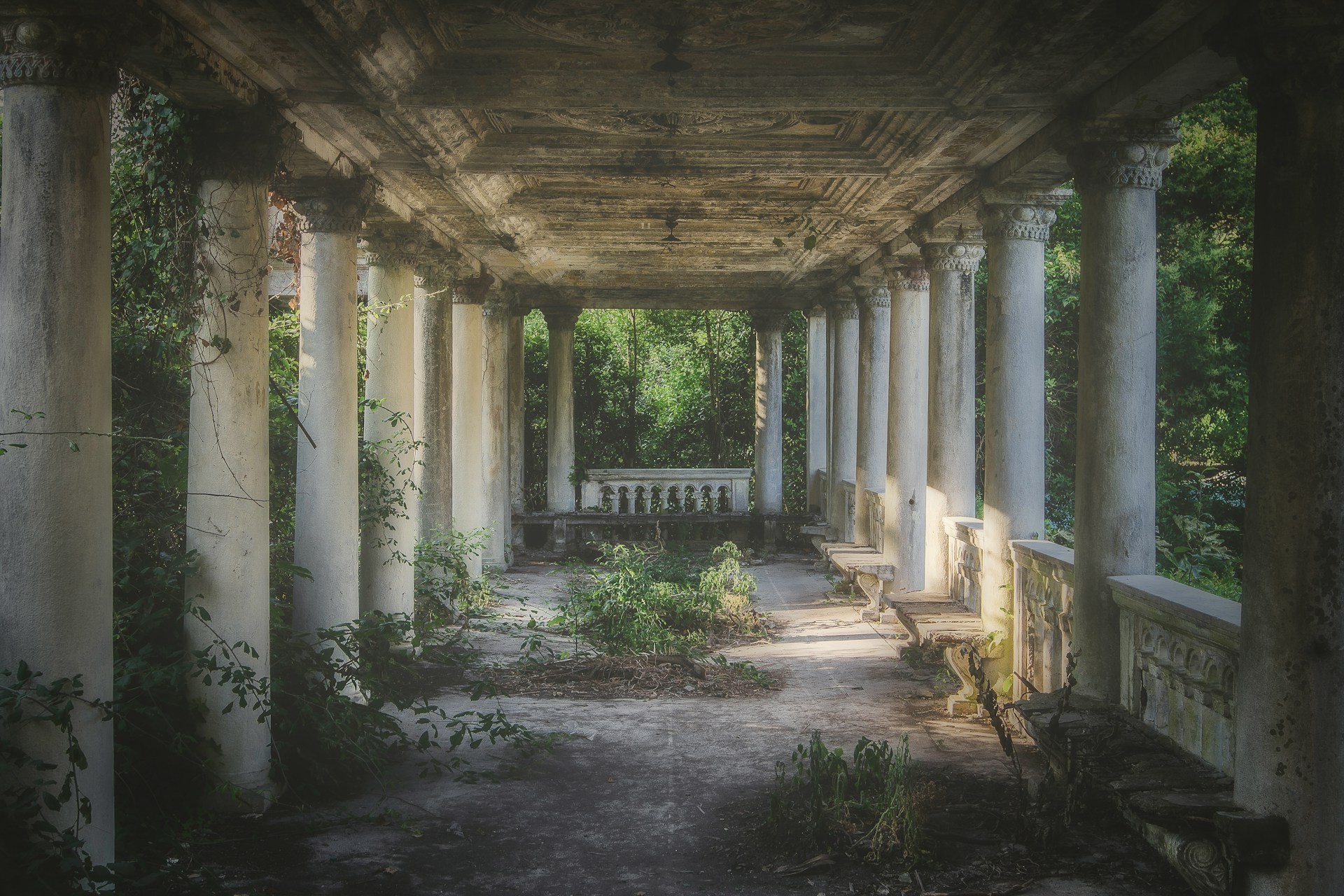
The Oldest Building in the World: How Ancient Building Techniques Can Still Apply Today
September 16, 2025 - Emily Newton
Revolutionized is reader-supported. When you buy through links on our site, we may earn an affiliate commission. Learn more here.
George Santayana once said, “Those who cannot remember the past are condemned to repeat it.” While certain events demand education to avoid, learning from the oldest building in the world can be incredibly helpful now. Humans once had to work only with what they had rather than what they could manufacture. In some cases, the results were structures that have stood the test of time.
What Is the Oldest Building in the World?
While the official title of the oldest building is up for some debate due to trouble with dating, these structures are recognized as classic examples of long-standing construction.
Göbekli Tepe
BBC calls Gölbekli Tepe one of the most important findings worldwide. Its discovery changed when humans were thought to have started following rituals and religions — in the Neolithic era. Archaeologists believed these happened once people had extra food from animals and crops, as they had time for non-life-critical tasks. However, the stone tools found there were dated to the pre-Neolithic era, and there was still no evidence of domestication 25 years after its first excavations.
This finding now makes it appear that social and ritual organization came before farming and settlement did. Back in 9,500-8,000 BC — when Gölbekli Tepe was likely built — it’s thought that people would gather to create these structures, feast and disband. Eventually, they needed to make their food supplies more dependable so nomadic groups would come. It’s largely made of stacked stone slabs and T-shaped pillars they carved with wood and stone tools.
The Tower of Jericho
The Tower of Jericho is a 28-foot-tall stone structure built somewhere in 8,000 BC, which makes it one of the oldest stone monuments. Some also proclaim it as the first public building, as well as the first skyscraper.
Archaeologists have thought it might have been used to mark the early residents’ territory or to escape flooding. However, 2008 research found the stairs were in alignment with Mount Quarantal’s shadow when the sun set on the longest day of the year. Other findings also suggest the Tower was the support for another building made of adobe. It itself is made of carefully stacked stone and plaster.
Mehrgarh
Mehrgarh is the oldest farming settlement in South Asia, dating back to 5,200 BC. It was once thought to be a place where agriculture originated, but recent discoveries have found its occupants were using already-formed techniques. However, the city is still ancient, and its buildings are some of the oldest.
They started as standard buildings with four rooms made of hand-formed mud bricks, while the roofs consisted of thatching over wood beams. Eventually, people started making them rectangular and included subdivisions in the foundations, which were likely used for storage.
The Cairn of Barnenez
Barnenez was built in two phases — one in 4,850 BC to 4,250 BC, and another from 4,450 to 4,000 BC. The incredible structure is 236 feet long, 26 feet high and 85 feet wide, with some rocks forming its walls weighing several tons. It has 11 stone chambers in total, though some are partially exposed. A portion of it is also missing because it was briefly quarried.
Its construction took careful knowledge, requiring precision to form such a large cairn with corridors. Likely because the space was used as a tomb, Barnenez was also an incredibly spiritual place. The entrance aligns with the sunrise on the winter solstice, and the walls are covered in engravings experts theorize connect to nature and the spirit realm. Though it was built later than the previous three, some consider it the oldest building in the world because it’s still mostly intact.
Why Ancient Building Techniques Can Be Useful Today
Sites that have stood for thousands of years are worth studying because emulating them could enable current architects to create similarly strong designs. Early architecture techniques can teach modern construction professionals a lot about material strength, positioning and reduced impact. What a building is made of plays a significant role in its stability. Yet, placement of those components may mean typically weaker ones distribute weight or lock together to create a load-bearing structure.
Old techniques could even merge with new sustainability initiatives to lessen the construction industry’s carbon footprint. For example, adobe bricks are hundreds of years old, but they’re great at temperature regulation and often use local materials, which makes them highly sustainable. Prefabricating them in energy-efficient factories helps reduce material and energy waste on-site.
Some more recent but older construction styles could also assist in cutting down on material usage and manufacturing. In one family’s house from the 1780s, they found there was no supporting lath between the plaster and the studs. The frame used interlocking joints rather than screws and nails, and the insulation was made of lime mortar and stone. Eliminating the need for artificial insulation, metal and extra wood is a step in the right direction. Buying and creating less also naturally lowers costs.
Use Cases of Old Construction in Modern Structures
As many current construction initiatives involve using less wood, most use cases involve earth. The ancient Nubian vault is experiencing a comeback because crews can use mud bricks made from local soil, which minimizes disturbances, electricity use and imports. Additionally, the walls absorb heat during the day and release it at night, and their curvature and openings provide natural airflow.
In Mexico, Imagina is the first modern public facility made of local clay adobe, brick and wood. Replacing cement with them could drastically reduce the sector’s emissions. The bathrooms and outside walls required a 2,000-year-old technique called Moroccan stucco — mixed lime and adobe polished with obsidian or agate, which creates water resistance. Such “bio-buildings” are energy-efficient, offer better earthquake resistance and last. Its ventilation also means air conditioning is not necessary.
The Oldest Building in the World Is Vital for More Than Just History
Ancient and older constructions have a lot to teach the current industry. Not only could their techniques reduce spending — they could lower waste, carbon emissions and ecological impacts. Combining them with up-to-date technology could create buildings that withstand the elements and harm the environment less.
Revolutionized is reader-supported. When you buy through links on our site, we may earn an affiliate commission. Learn more here.
Author
Emily Newton
Emily Newton is a technology and industrial journalist and the Editor in Chief of Revolutionized. She manages the sites publishing schedule, SEO optimization and content strategy. Emily enjoys writing and researching articles about how technology is changing every industry. When she isn't working, Emily enjoys playing video games or curling up with a good book.
